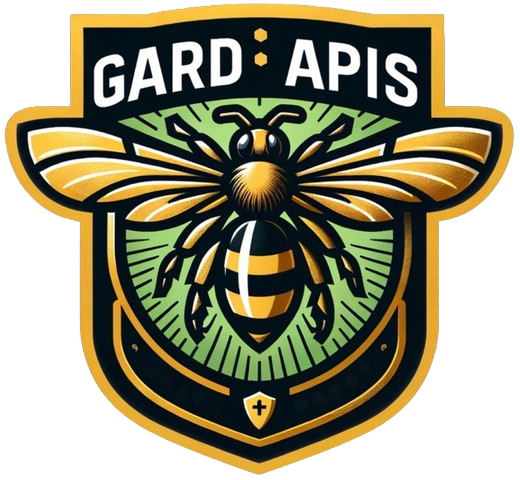GUIDE ON BAIT FOR HORNET TRAPS
1 – Understanding Liquid Baits
– Liquid baits are commonly used in kill traps designed to drown attracted insects. They effectively target pests but have a significant downside. Any insect lured, whether beneficial or not, will die.
– Particularly concerning Asian Hornets, they have a range limit of about 700 meters from their nests. Once the local hornet population is suppressed, the kill traps will continue to kill all other insect species. This indiscriminate action could potentially suppress certain local insect populations, eventually making the traps more harmful to the ecosystem than the hornets themselves.
2 – An Improved Approach to Liquid Bait
– We recommend using a sponge in conjunction with liquid bait. This approach has two primary benefits:
a) The sponge absorbs the liquid, enhancing the surface area available of evaporation. This configuration reduces the risk of insects drowning, curbing unintended casualties.
b) The sponge also ensures the bait remains contained, preventing wastage.
3 – Commercial Liquid Baits and Homemade Recipes
– Commercial liquid baits effectively attract hornets, but some might lure a broader spectrum of insects, like butterflies. This can lead to unintended consequences.
– Baits with alcohol content can maintain their aroma for a period, though it fades due to evaporation.
– For alternative solutions, there are numerous DIY recipes available online. These mixtures, especially when paired with a sponge, can be used standalone or mixed with other lures for enhanced efficacy.
4 – The Effectiveness of Honeycomb
– Honeycomb is a top-tier bait. The scent of wax and honey, reminiscent of beehives, is irresistible to Asian Hornets. While it effectively lures hornets, it also draws bees that may recover parts of the bait.
– Interestingly, hornets don’t typically prey on the bees near GardApis traps. Possibly, the lack of a single entry or exit (as in a hive) doesn’t mark it as a hunting zone for them. Instead, they crawl over trap until they find the way in, and their ensuing distress when trapped becomes a powerful attractant for other hornets.
5 – Emptying and Resetting the Trap
– Capturing the first hornet sets off a chain reaction, pulling in more from the vicinity. The suggested procedure is:
a) Handle the trap carefully and, preferably, after dusk. We recommend wearing protective clothing, including heavy gloves and wrapping the trap securing in cloth such as a towel. Asian Hornets do not fly at night and therefore the trap will not attract more once darkness falls.
b) Place the trap in a freezer for about 2-4 minutes, or until hornet movement ceases. This will also stun bycatch.
c) Transfer all but 2-3 hornets into a bag and return it to the freezer for 20 minutes or more for humane extermination.
d) Reseal and redeploy the trap. The retained hornets, upon revival, continue to lure their counterparts.
e) This method also facilitates the safe release of any unintended captures or “bycatch” in the trap.
